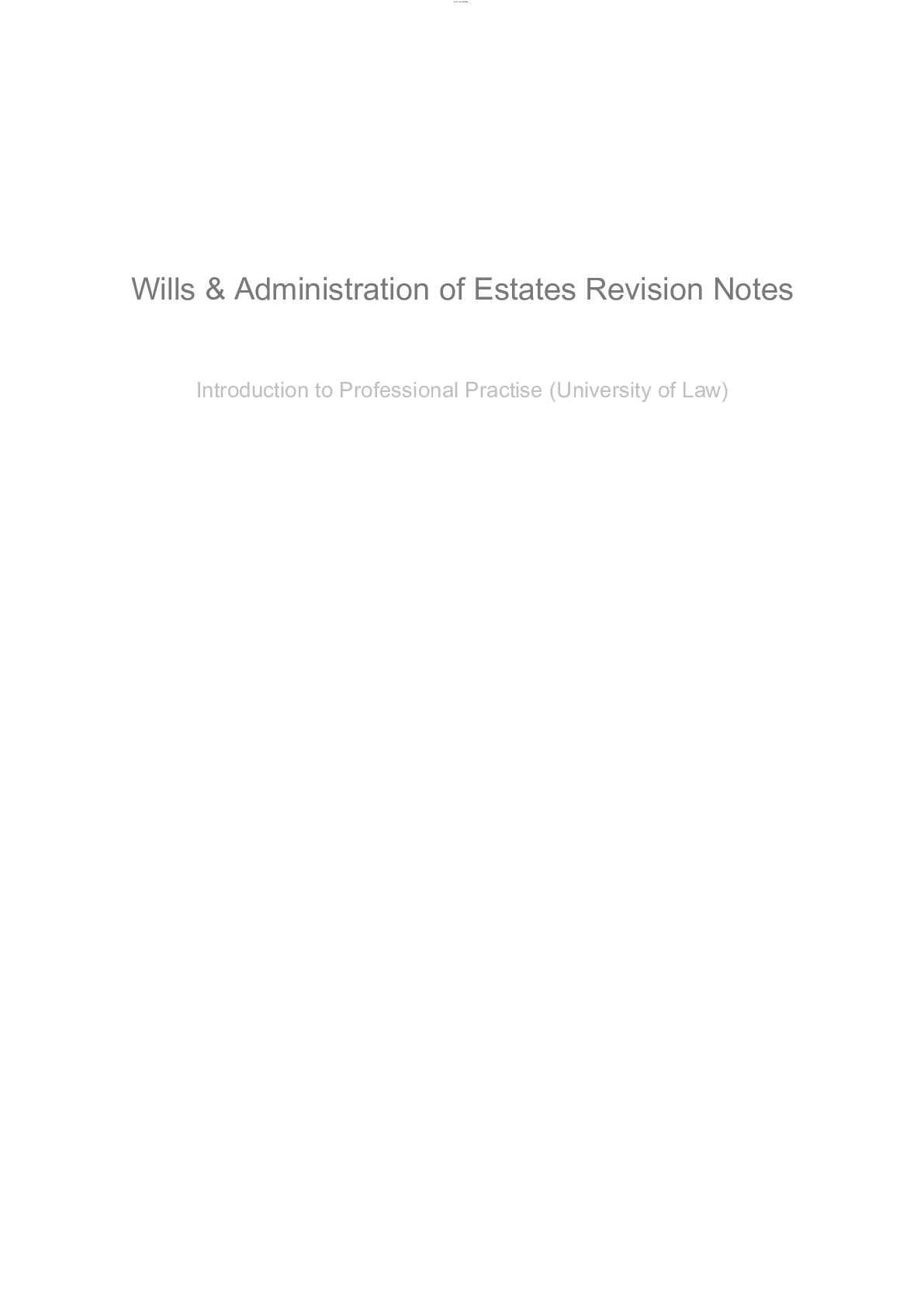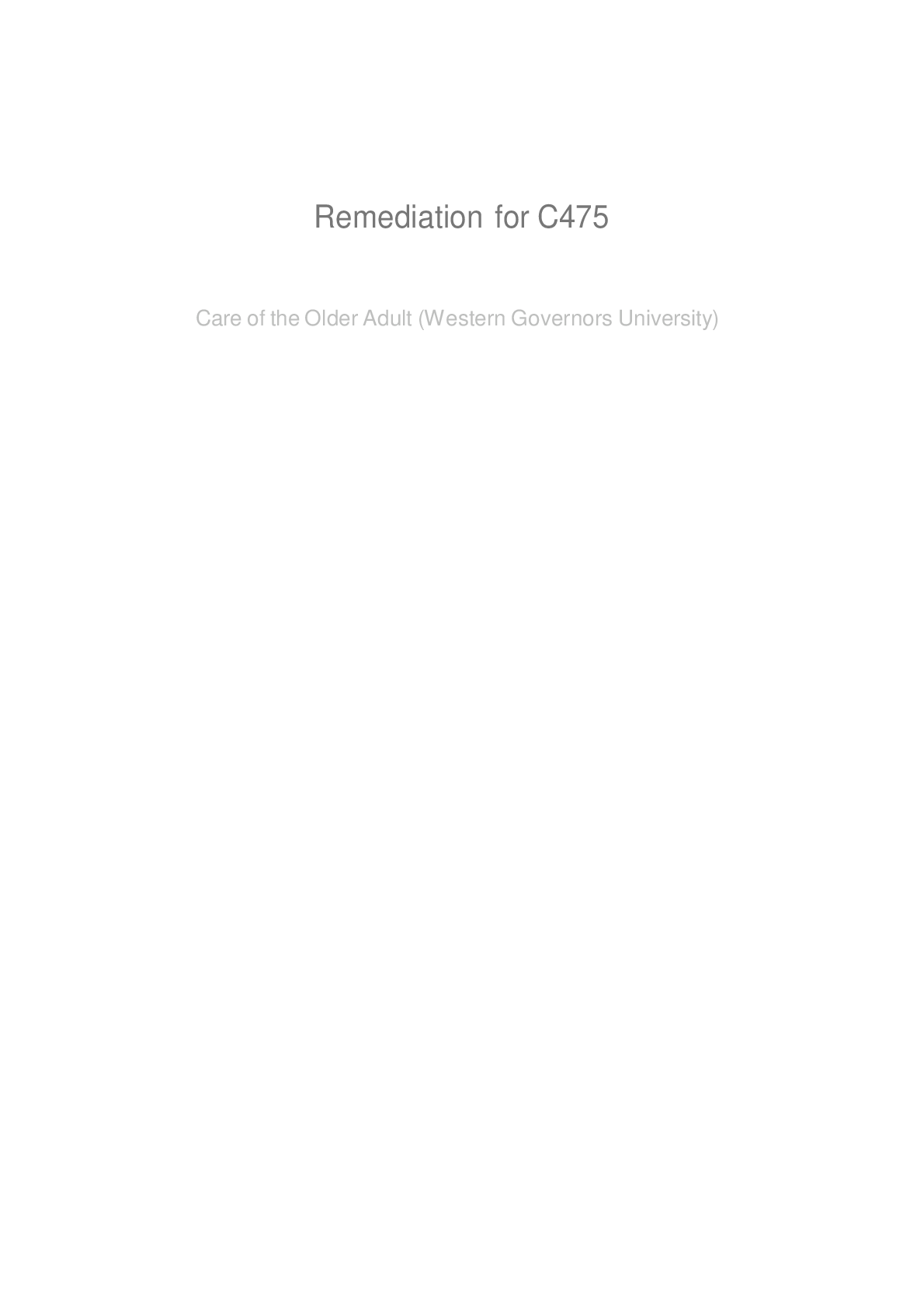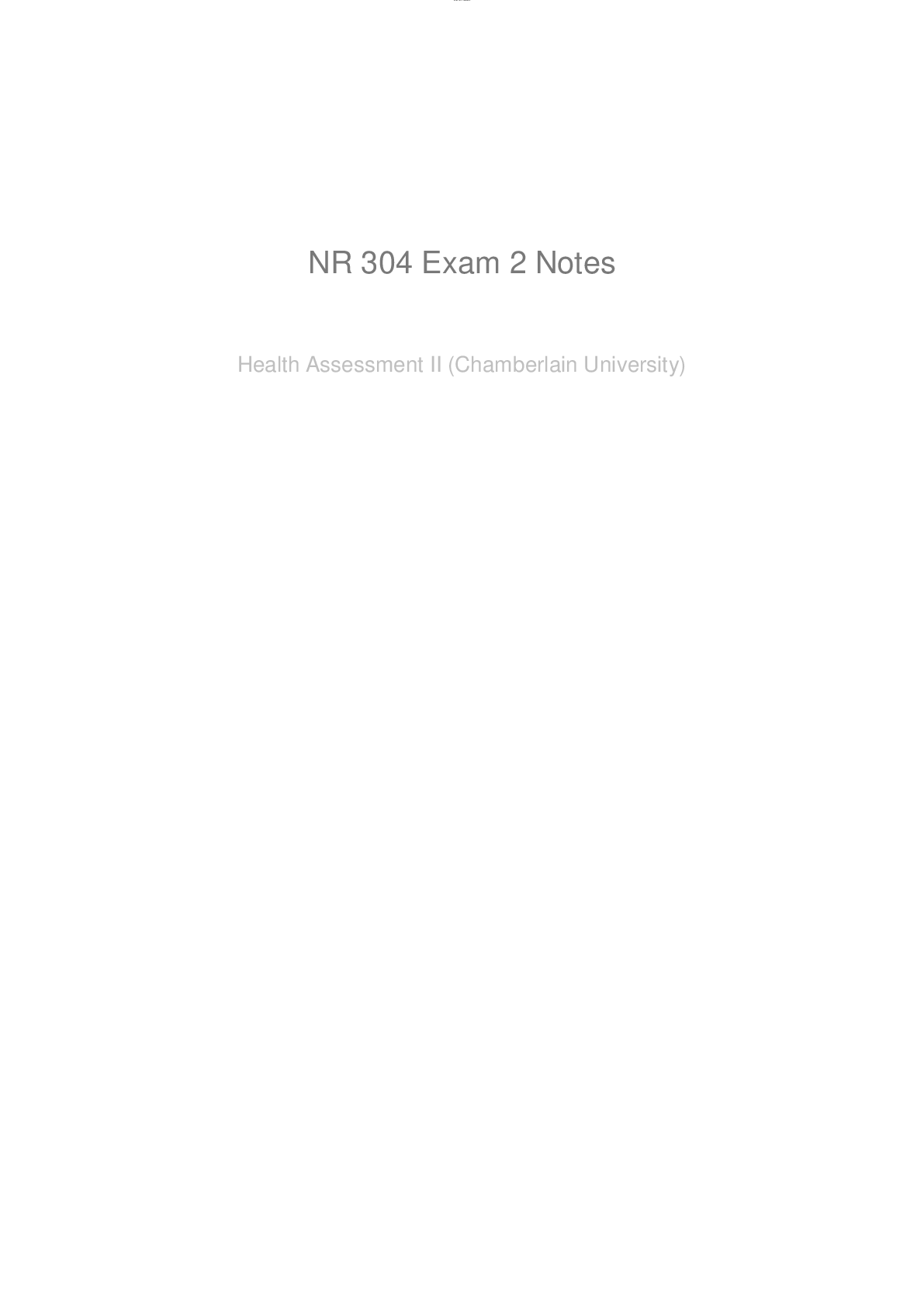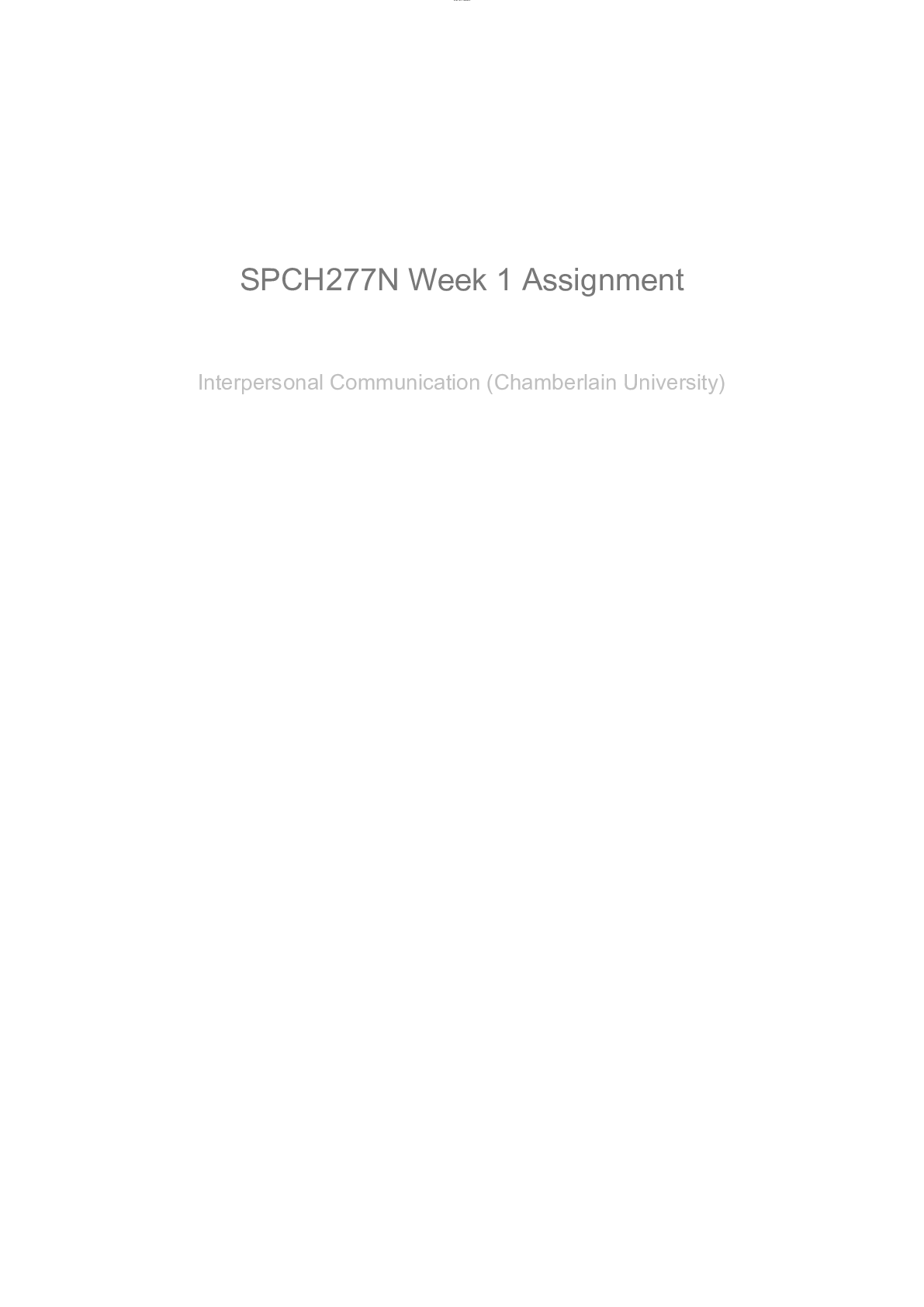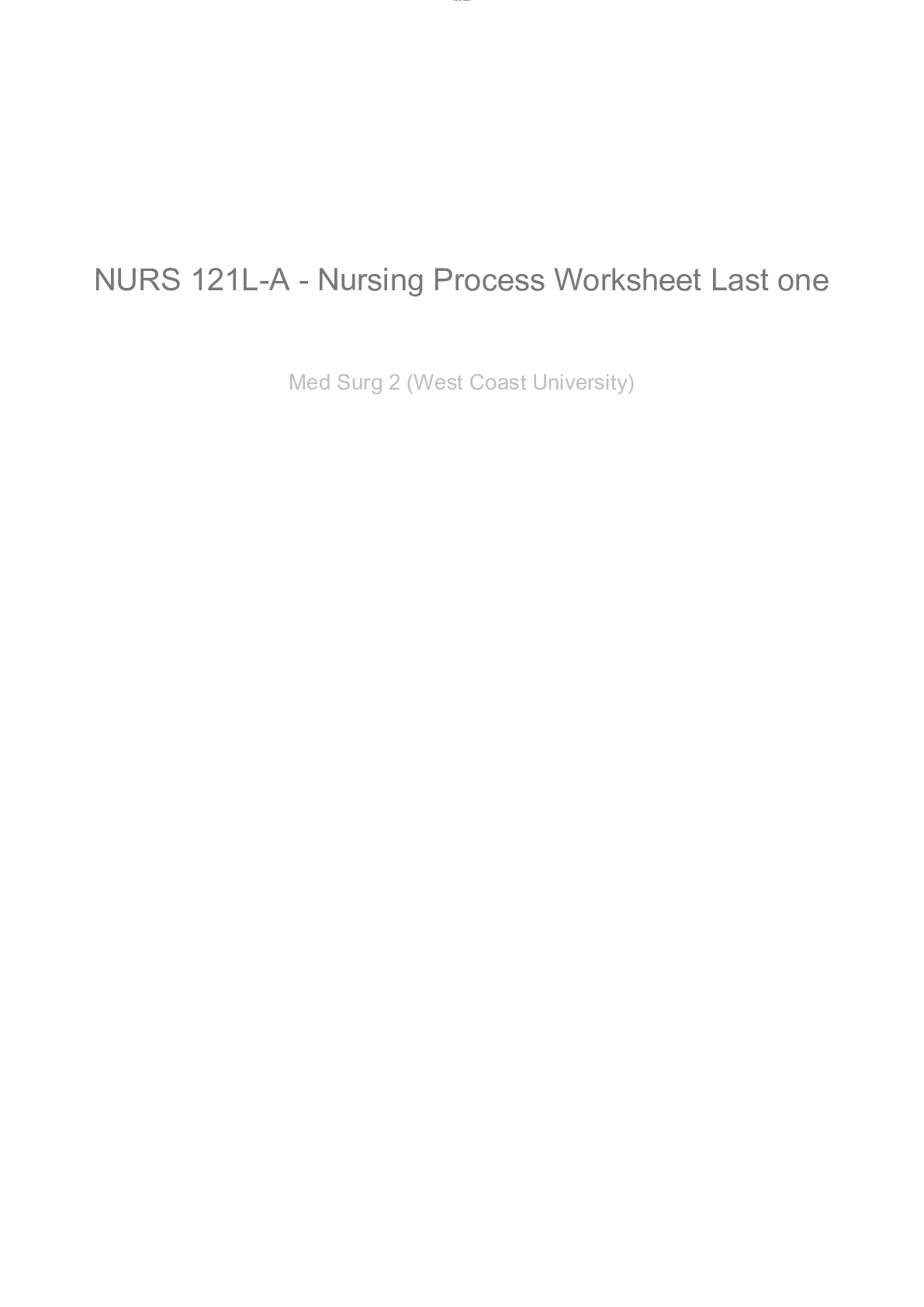Business > Study Notes > Cash and Internal Controls: Management Notes (All)
Cash and Internal Controls: Management Notes
Document Content and Description Below
AFTER STUDYING THIS CHAPTER, YOU SHOULD BE ABLE TO: ▪ LO1 Understand the impact of accounting scandals and the passage of the Sarbanes-Oxley Act. ▪ LO2 Identify the components, responsibili... ties, and limitations of internal control. ▪ LO3 Define cash and cash equivalents. ▪ LO4 Understand controls over cash receipts and cash disbursements. ▪ LO5 Reconcile a bank statement. ▪ LO6 Account for petty cash. ▪ LO7 Identify the major inflows and outflows of cash. LP 1 p. 157 Feature Story INTERNAL CONTROLS ARE A BOX-OFFICE HITAccording to research conducted by the Association of Certified Fraud Examiners (ACFE, www.acfe.com), U.S. organizations lose an estimated $650 billion to employee fraud each year. This occurs despite increased emphasis on antifraud controls and recent legislation to combat fraud. While some employees steal office supplies, inventory, and equipment, the asset most often targeted is cash. Cash fraud includes skimming cash receipts before they are recorded, stealing cash that has already been recorded, and falsely disbursing cash through fraudulent billing, expense reimbursement, or payroll. This means companies that rely heavily on cash transactions are especially susceptible to employee fraud. For example, consider a company like Regal Entertainment Group (NYSE: RGC), one of the largest motion picture exhibitors in the world. The company operates more than 6,000 screens and sells nearly 300 million tickets per year, generating revenues each year of about $2.5 billion. The company states that “Revenues are generated principally through admissions and concessions sales with proceeds received in cash at the point of sale.” The primary way a company like RGC can minimize cash losses due to employee fraud is to establish strong systems for internal control. Toward that end, RGC makes extensive use of its point-of-service information technology for the management of its theatres. The revenue streams generated by admissions and concessions are fully supported by information systems to monitor cash flow and to detect fraud and inventory theft. Simpler approaches to internal control include separation of duties. For example, one person sells tickets and another collectsthe tickets. This prevents the ticket seller from stealing a moviegoer’s cash and then allowing admission without a ticket being produced by the ticket machine. At the end of the day, the number of tickets produced by the machine should exactly match the cash collected. We discuss much more about fraud and ways to prevent it in this chapter. You can practice your skills in preventing and detecting fraud at a movie theatre in Problem 4–1A at the end of the chapter. [Show More]
Last updated: 1 year ago
Preview 1 out of 67 pages
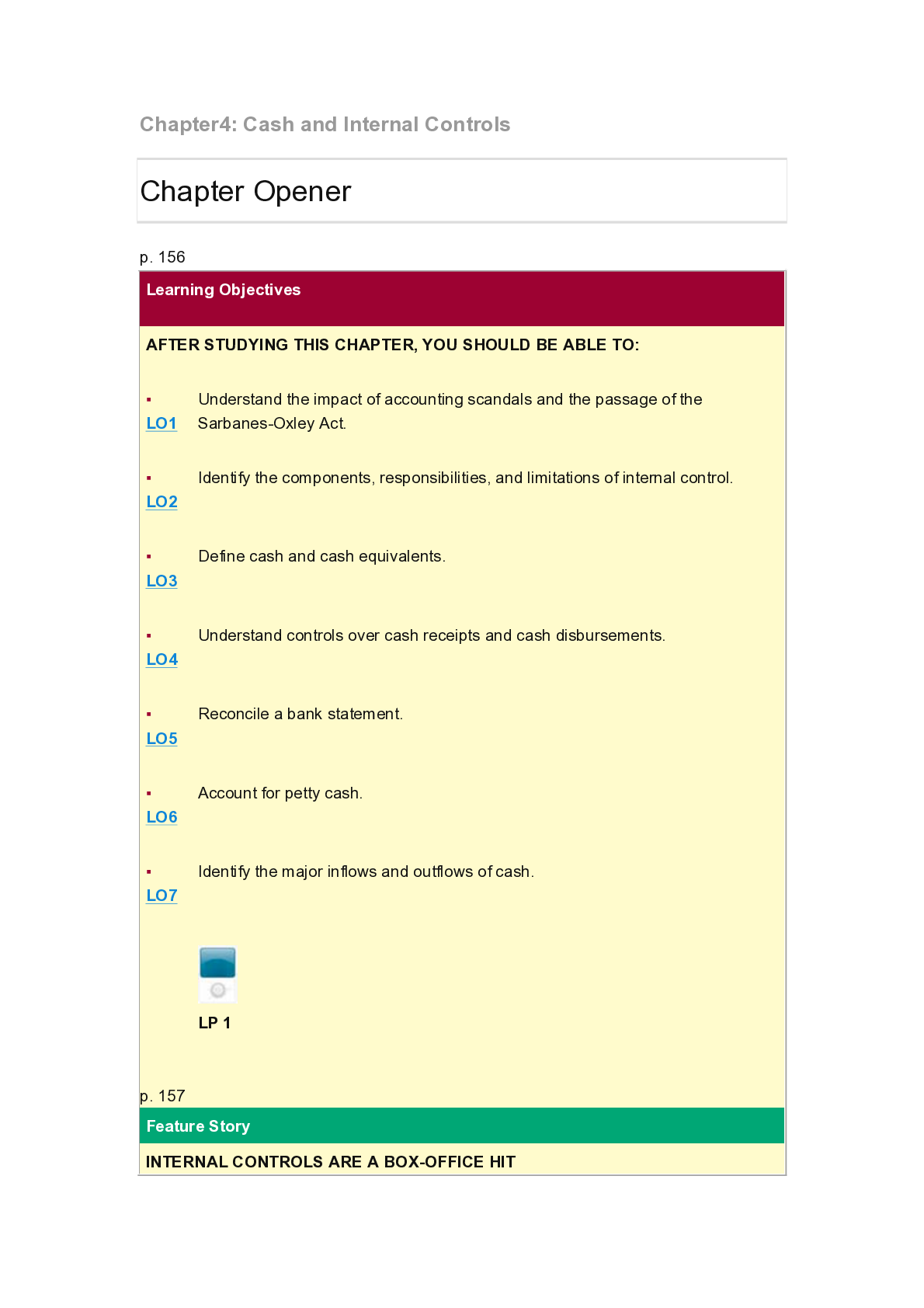
Reviews( 0 )
Document information
Connected school, study & course
About the document
Uploaded On
May 29, 2020
Number of pages
67
Written in
Additional information
This document has been written for:
Uploaded
May 29, 2020
Downloads
0
Views
109

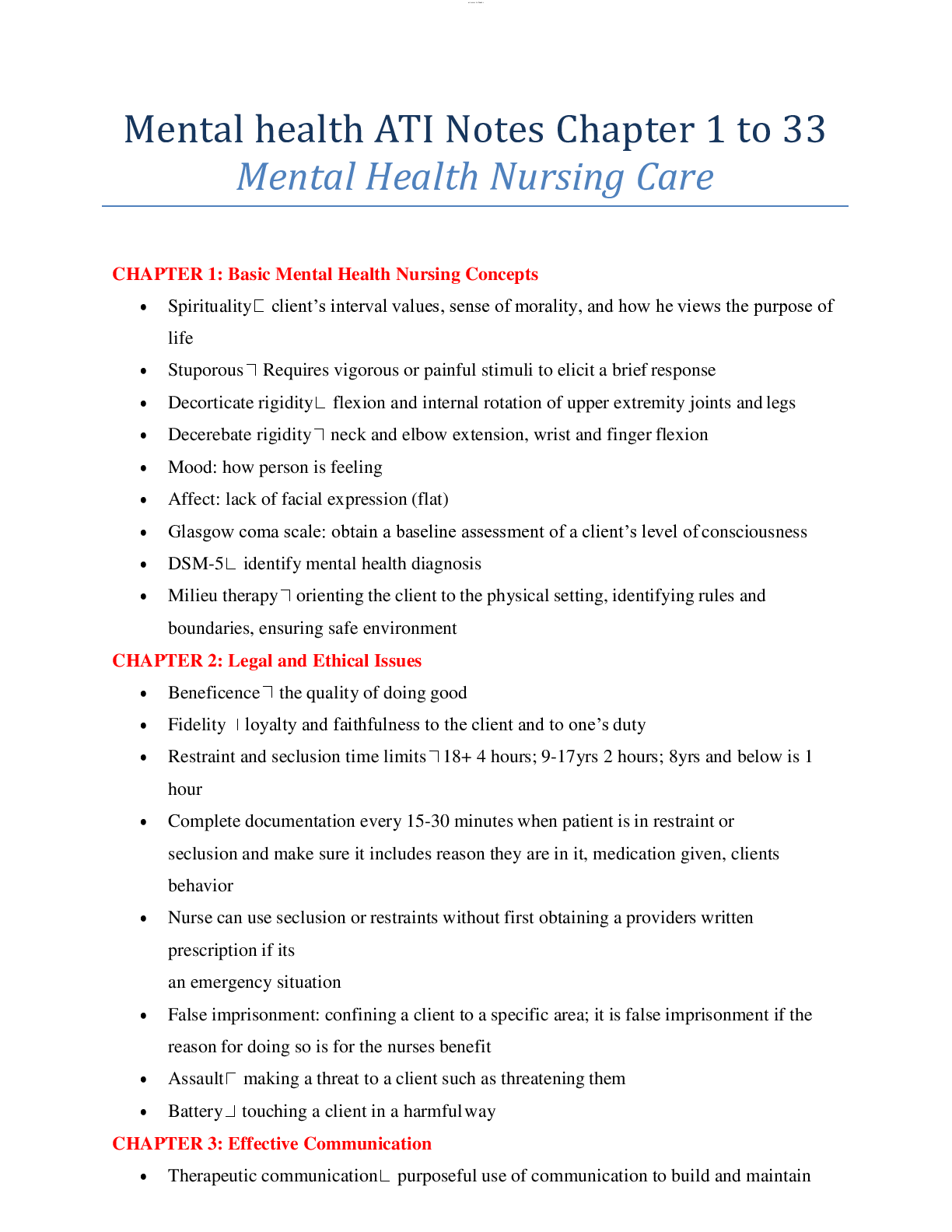

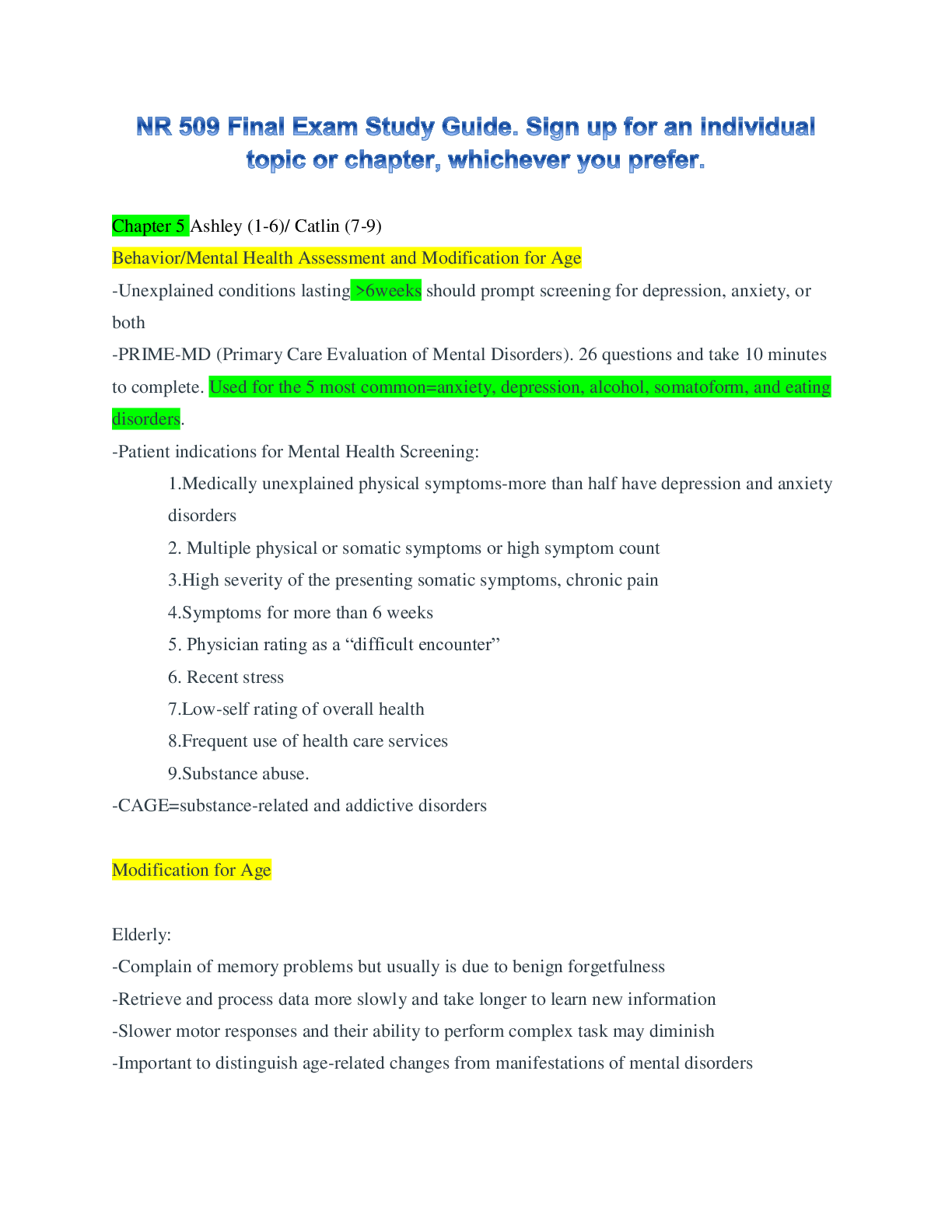
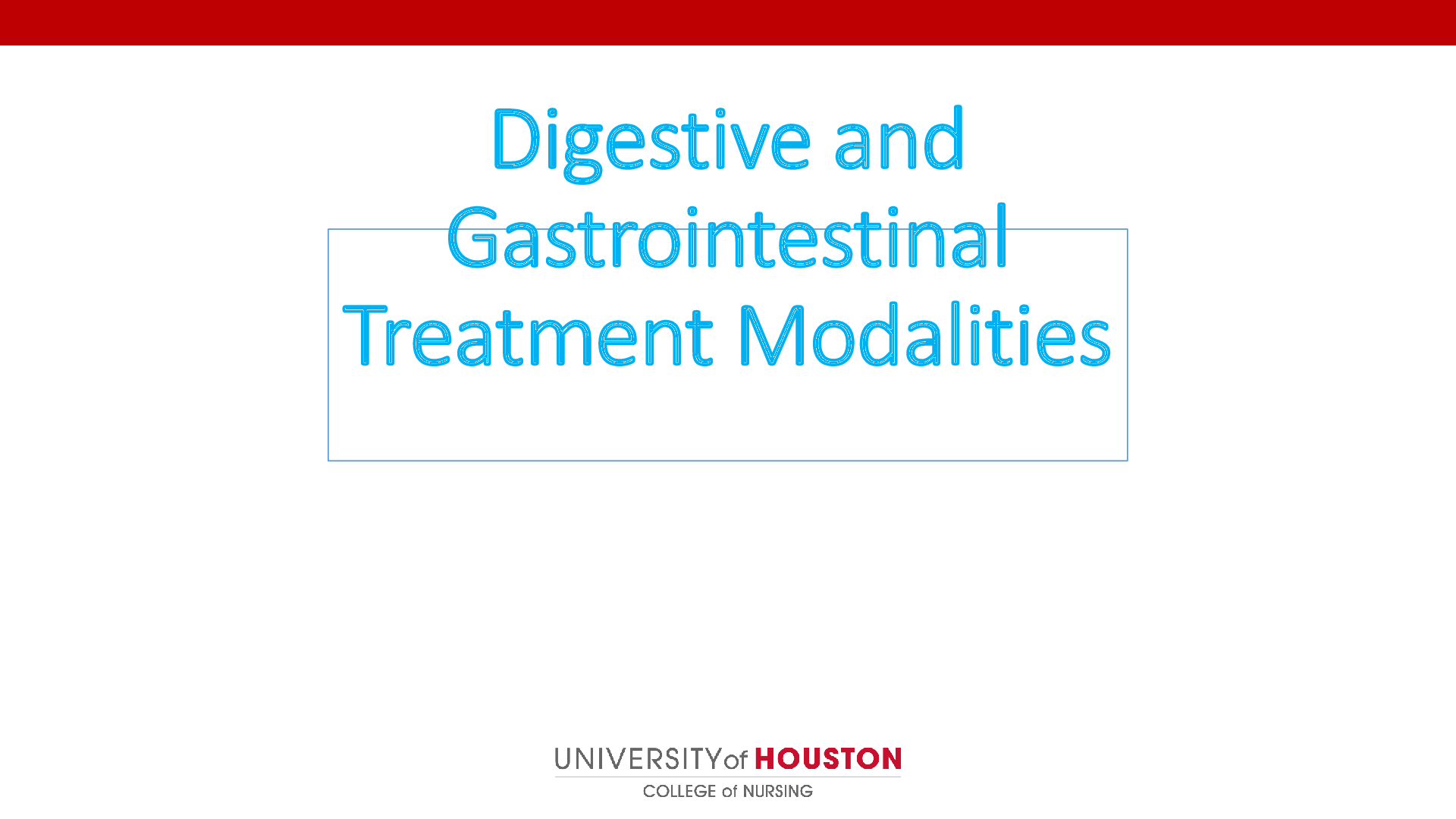

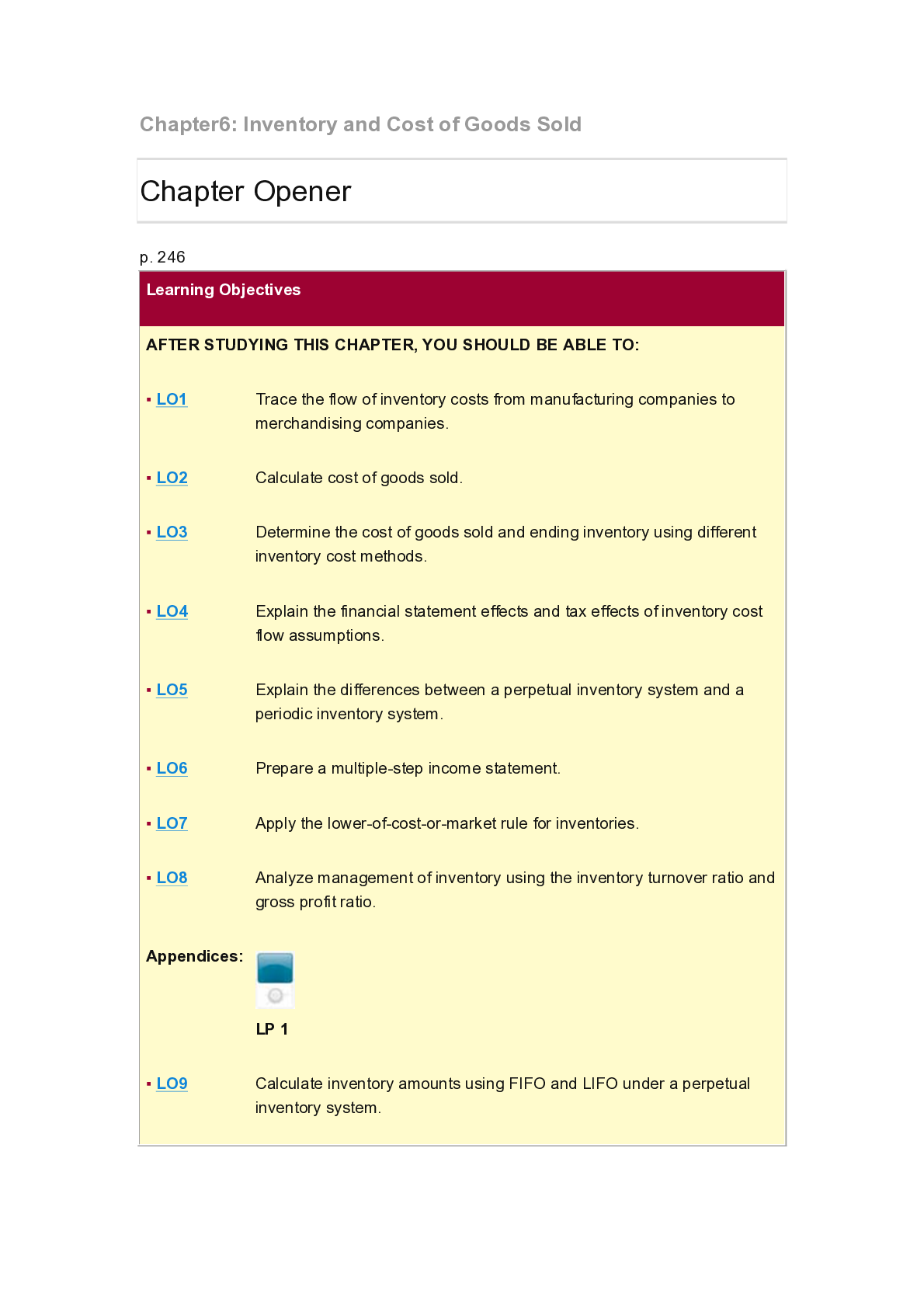
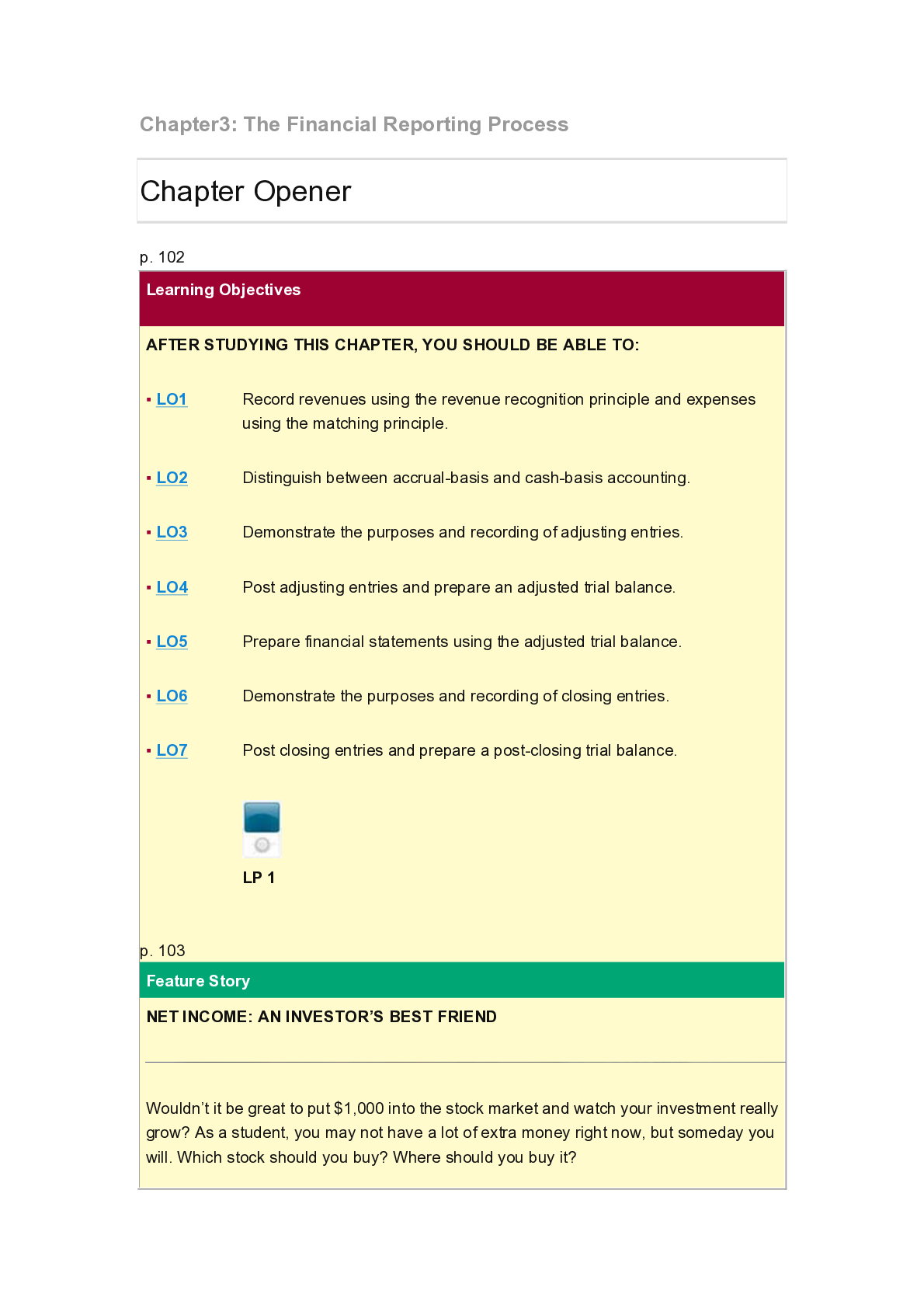
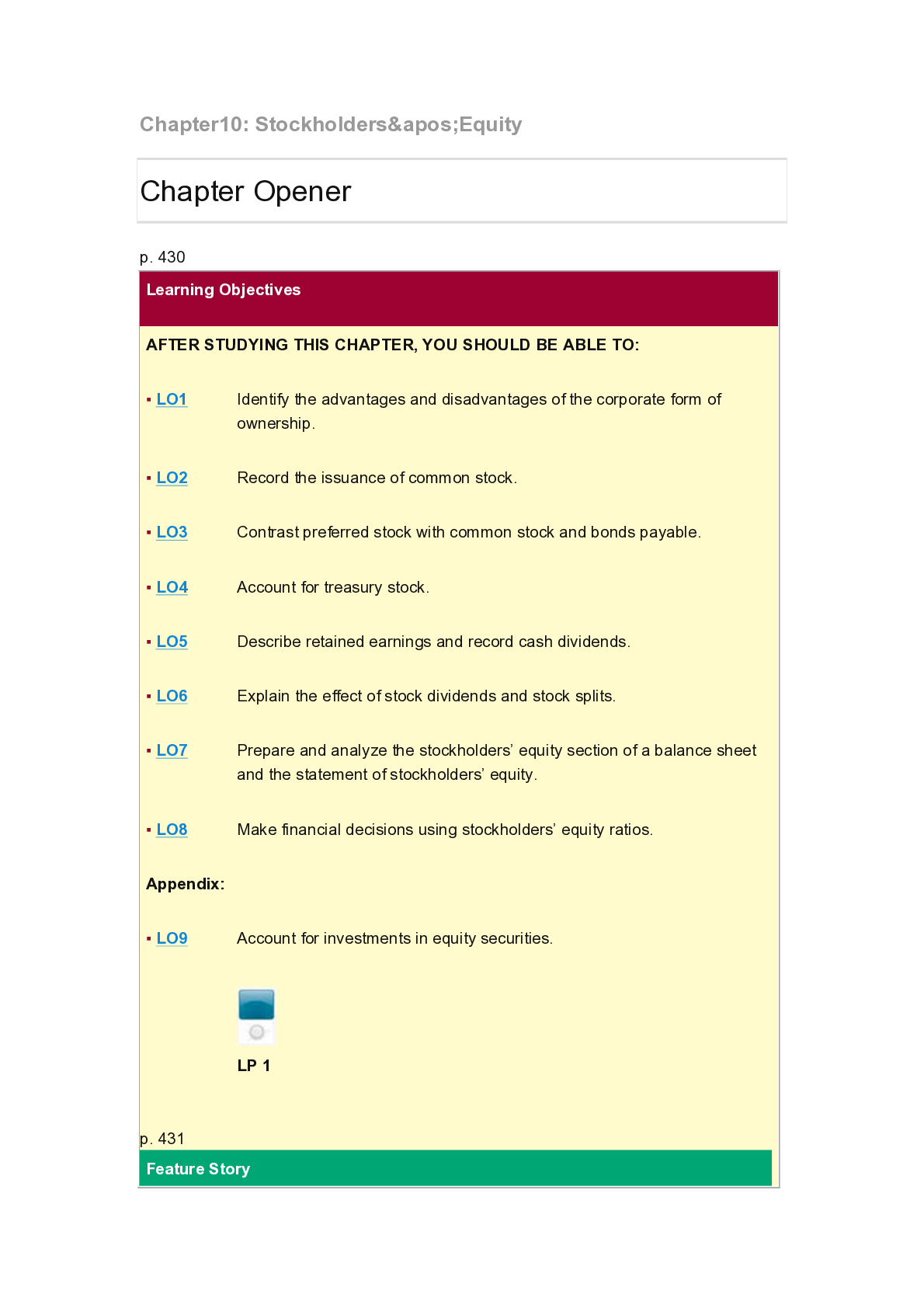

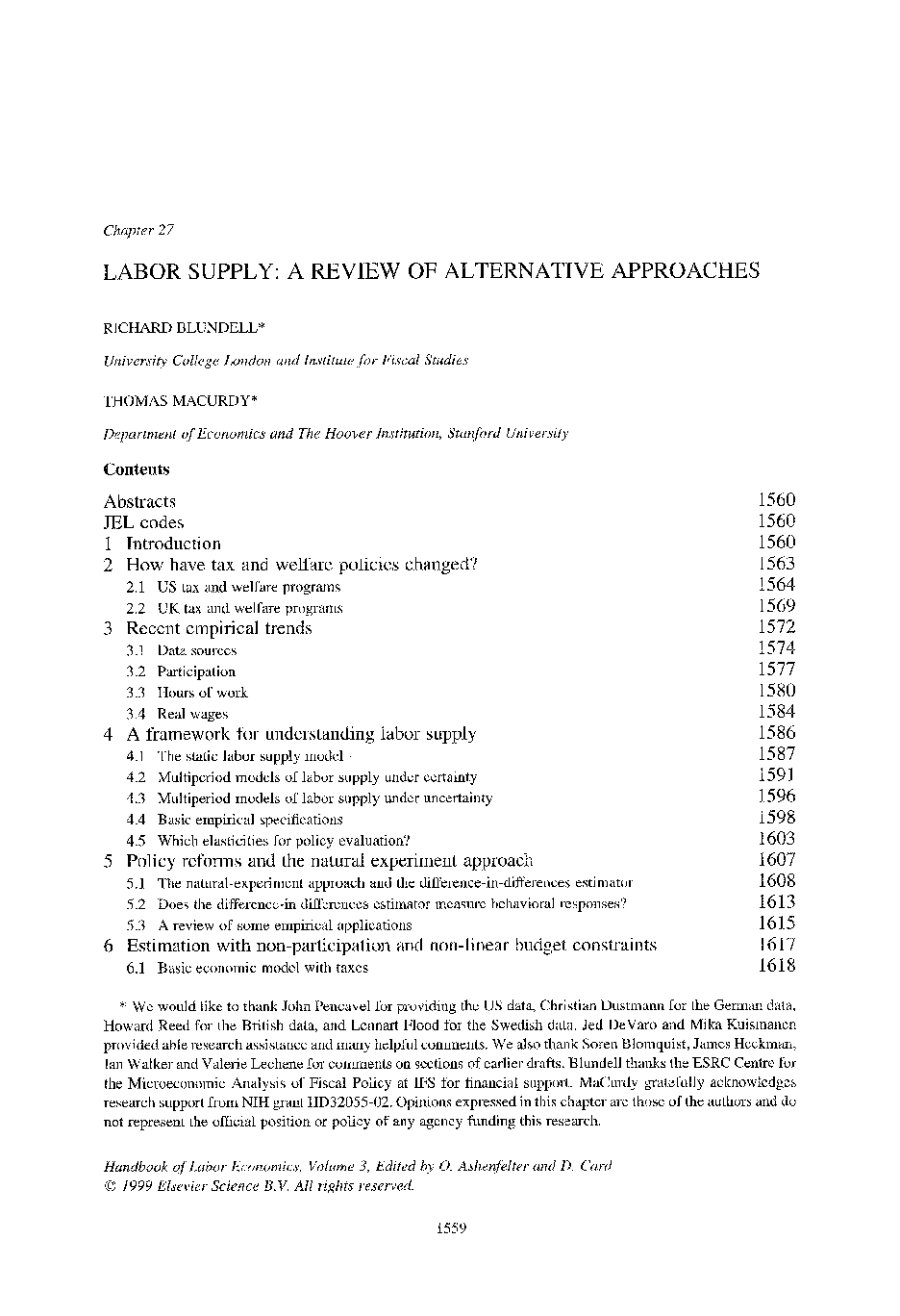

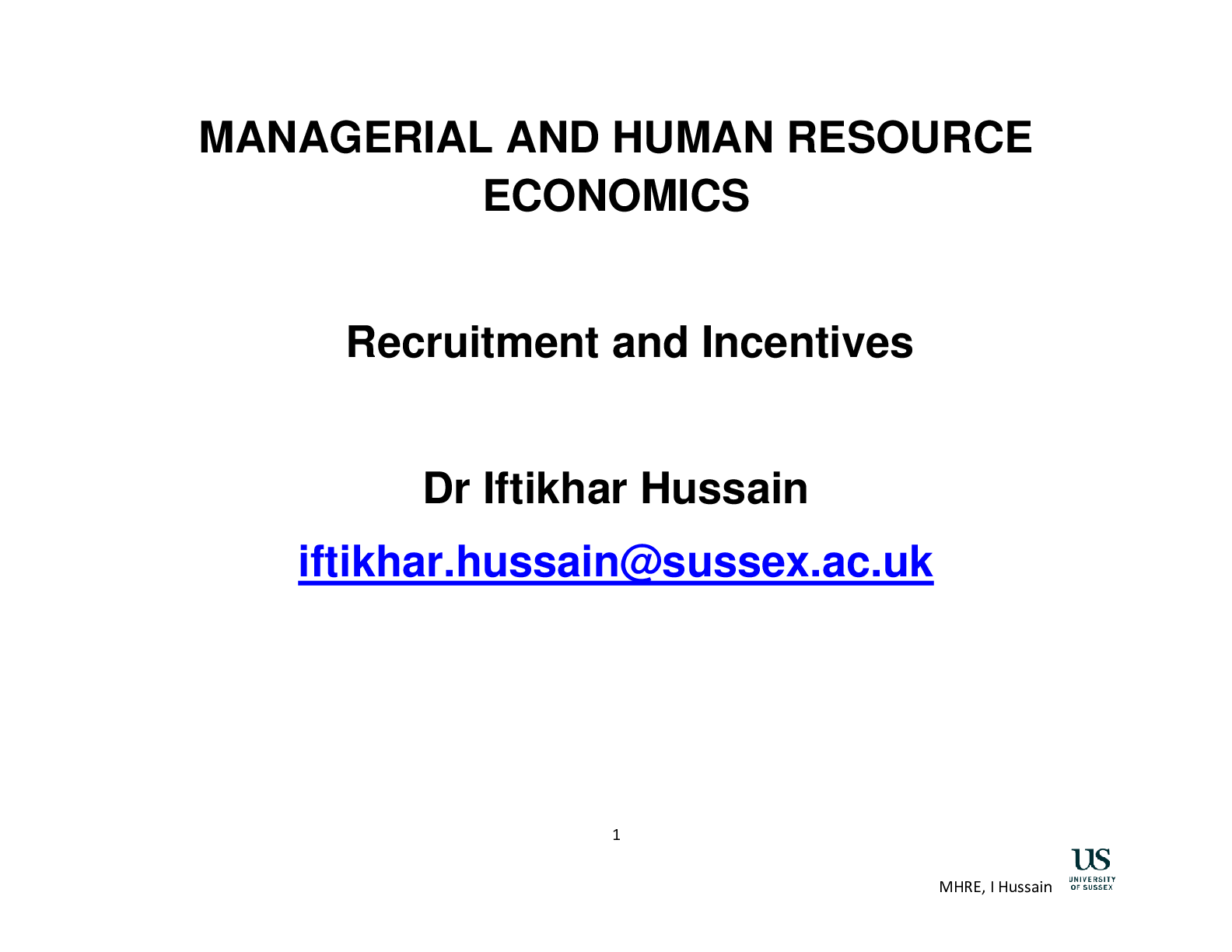

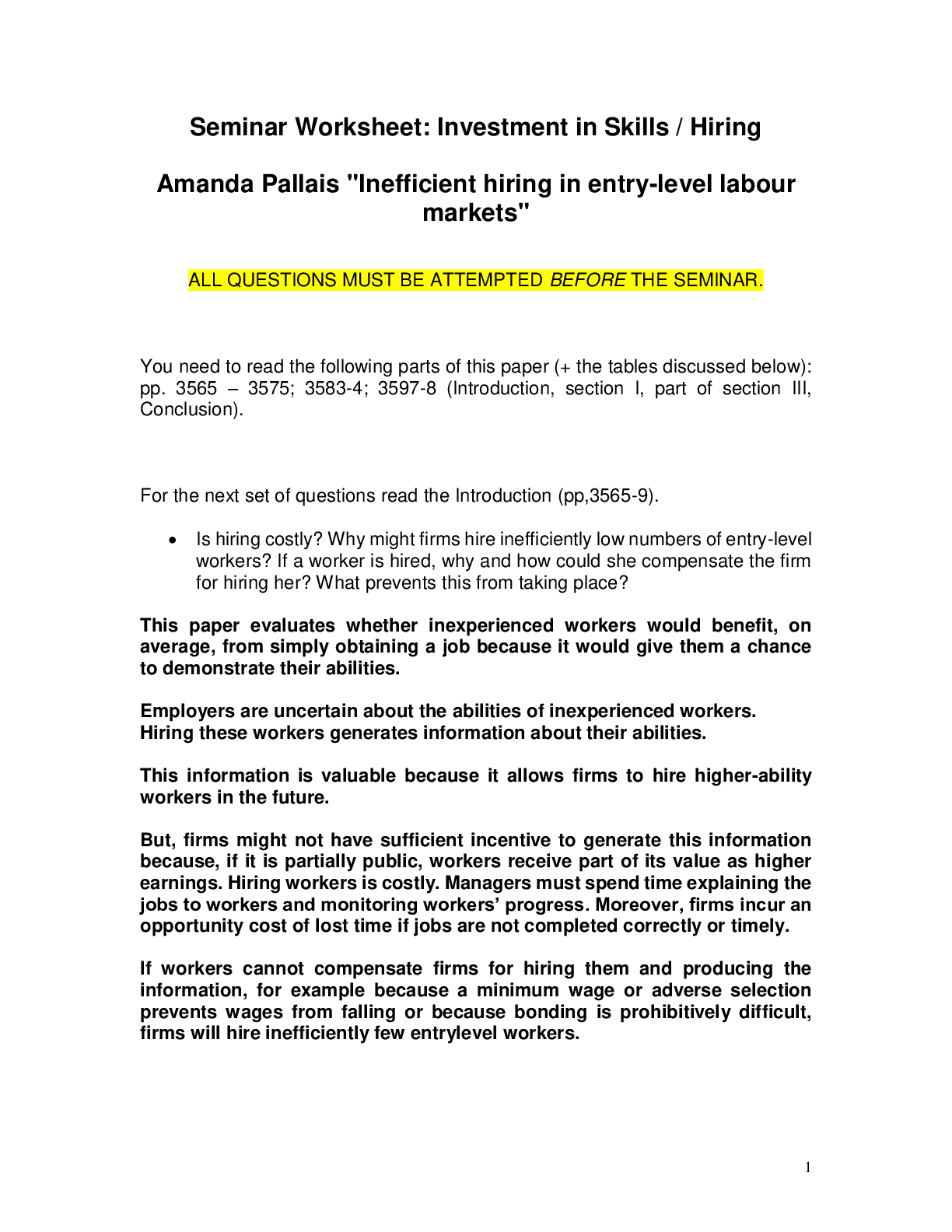
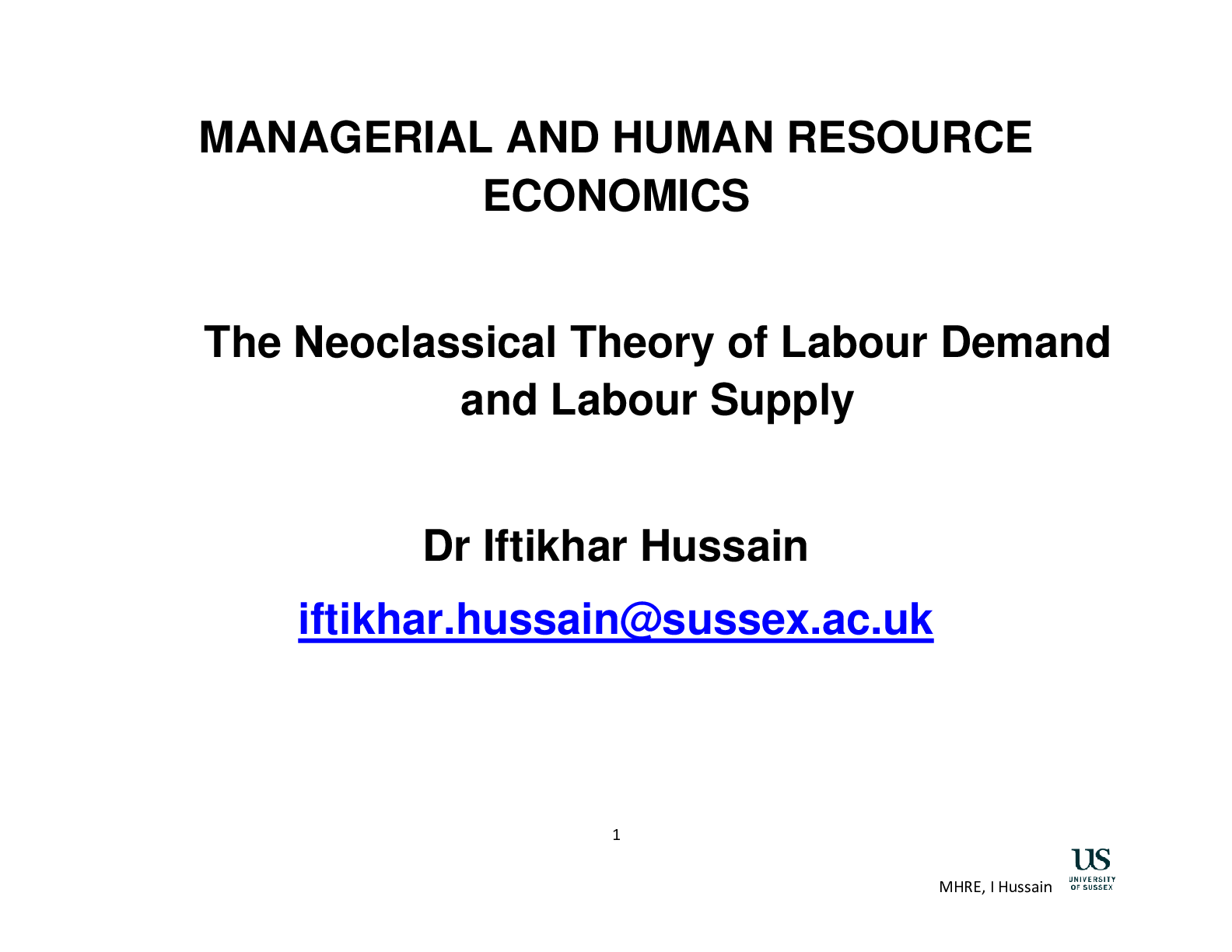

.png)


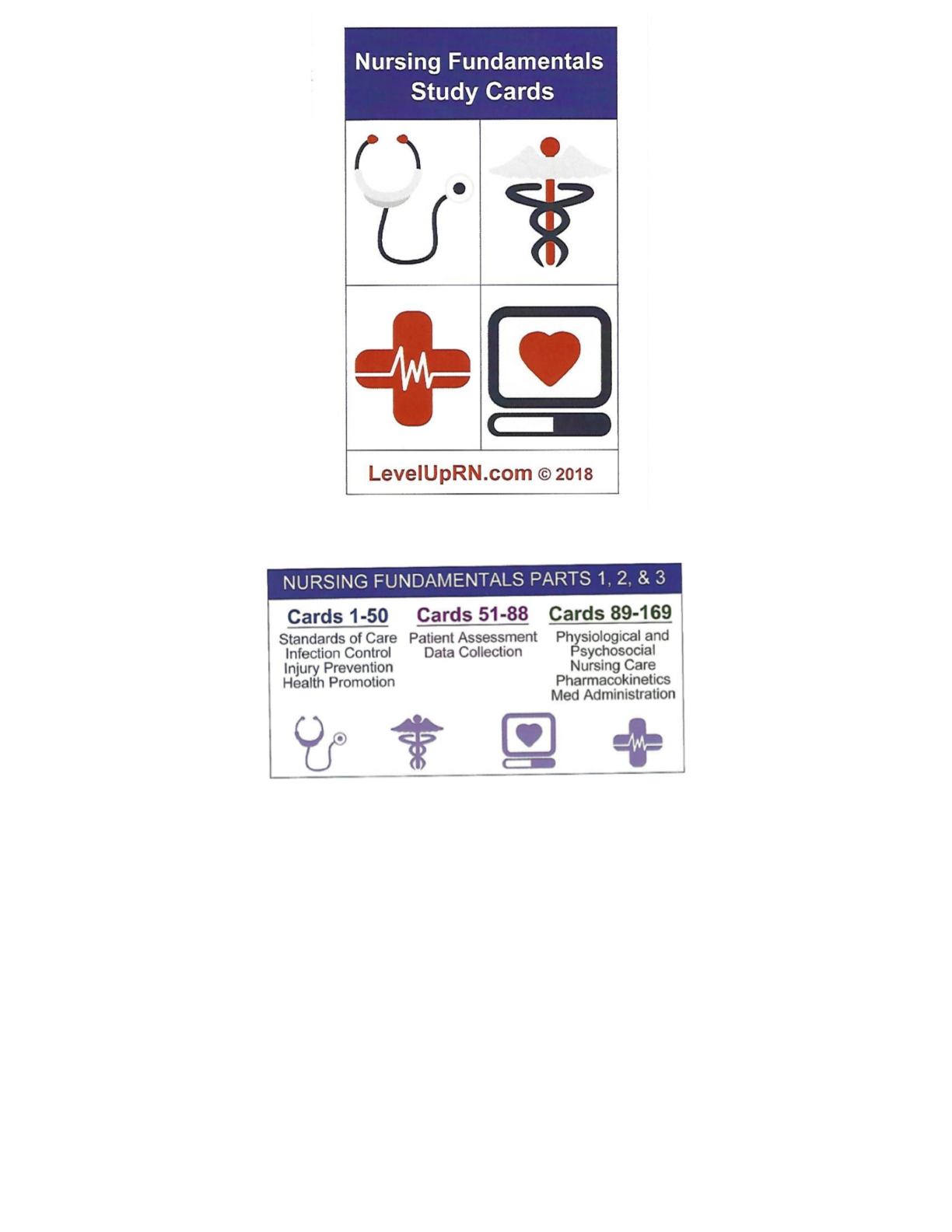

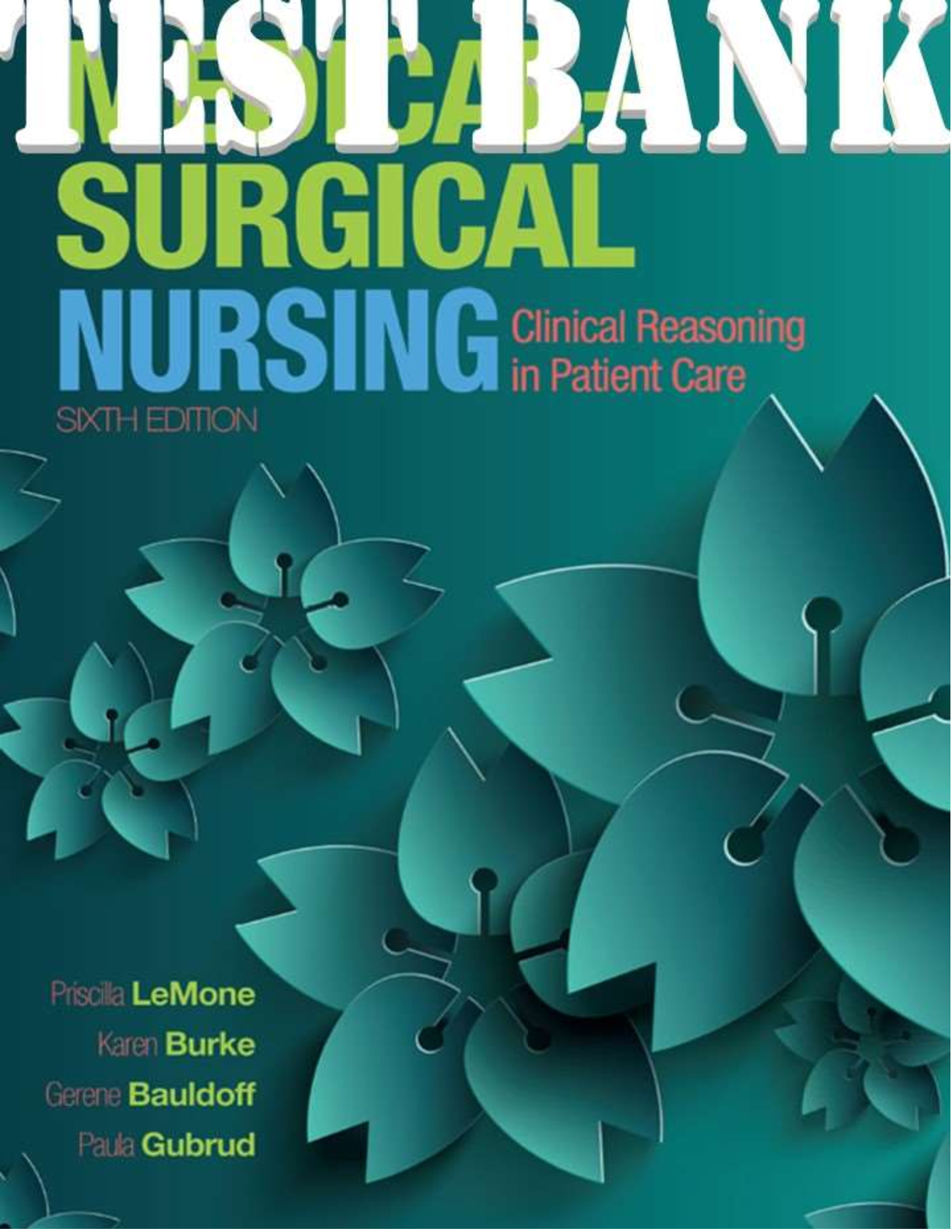
.png)
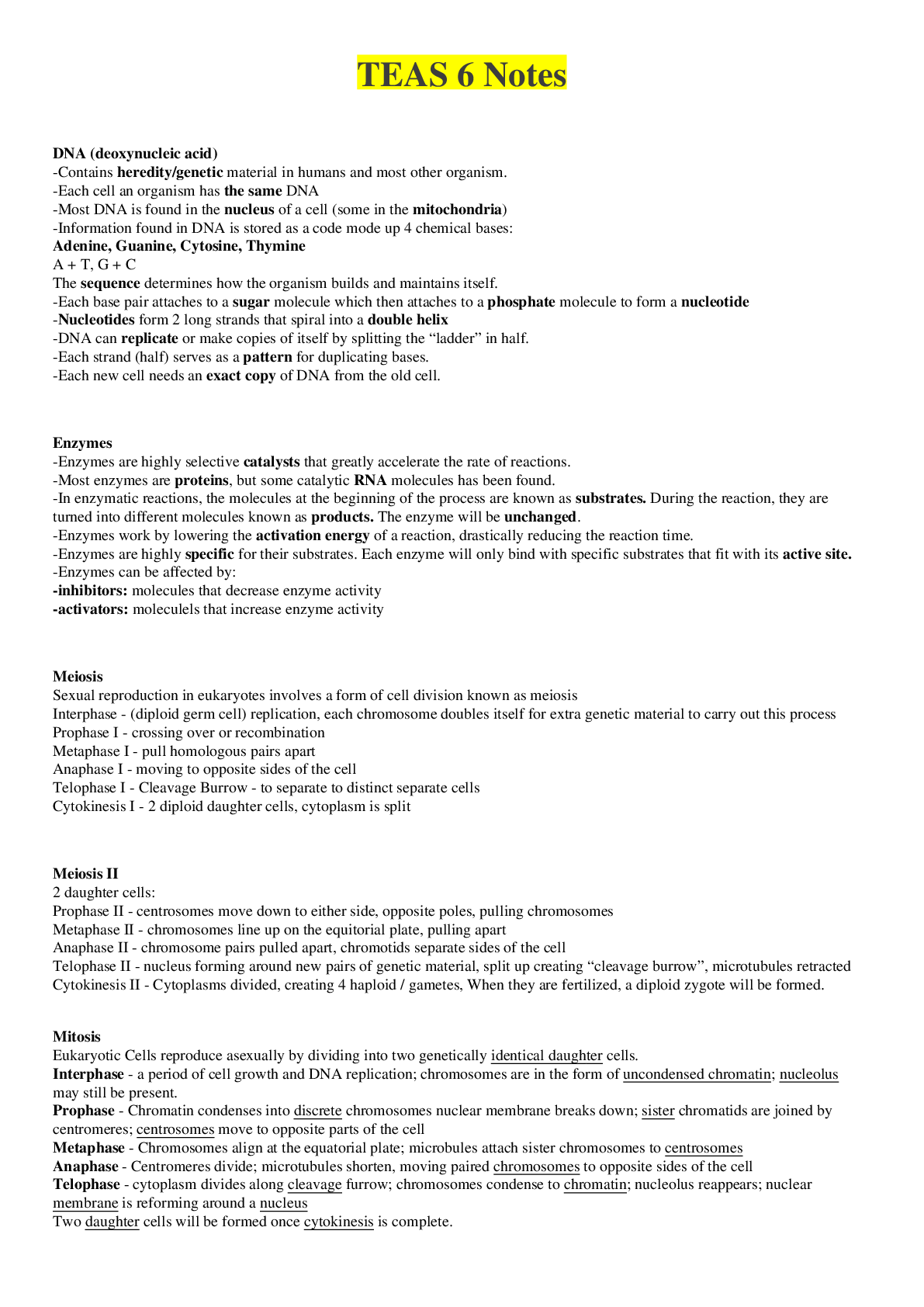

How Do Geographically Dispersed Teams Collaborate Effectively Paper.png)

